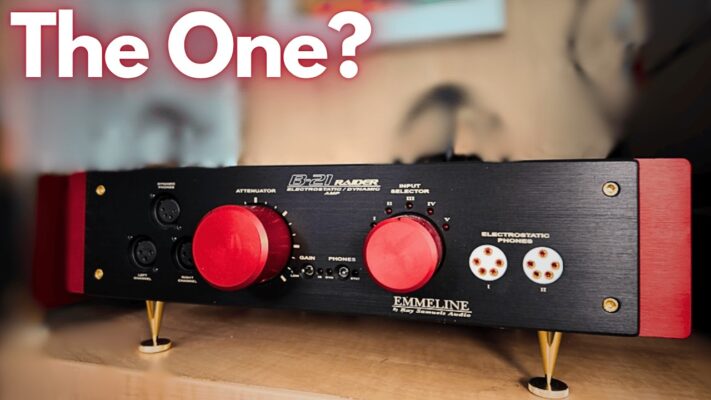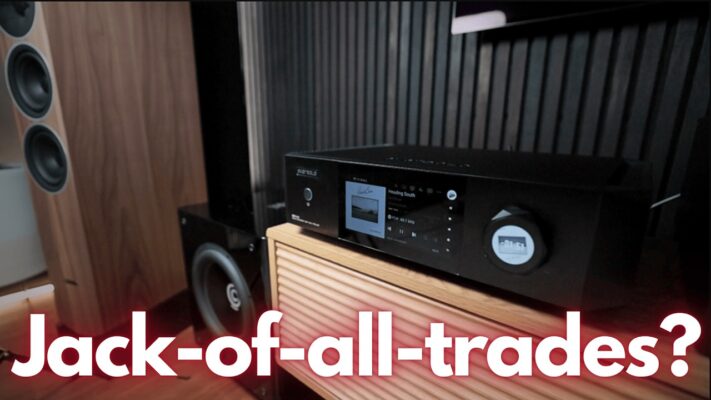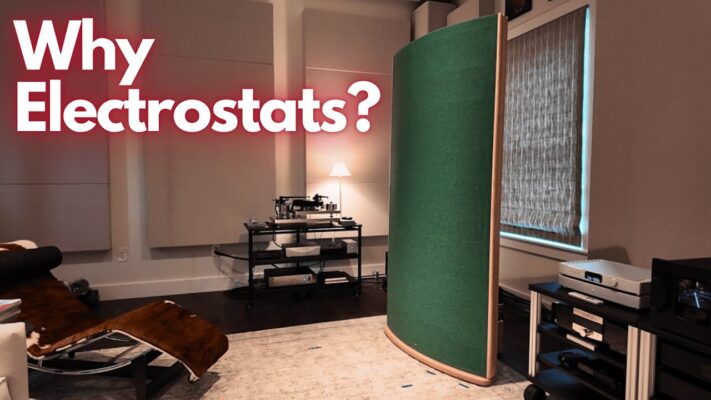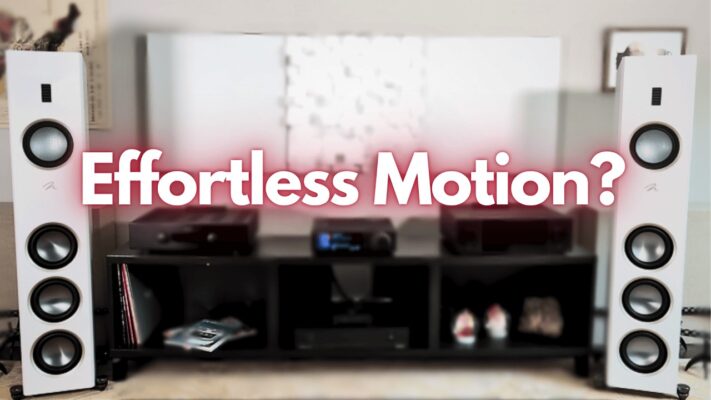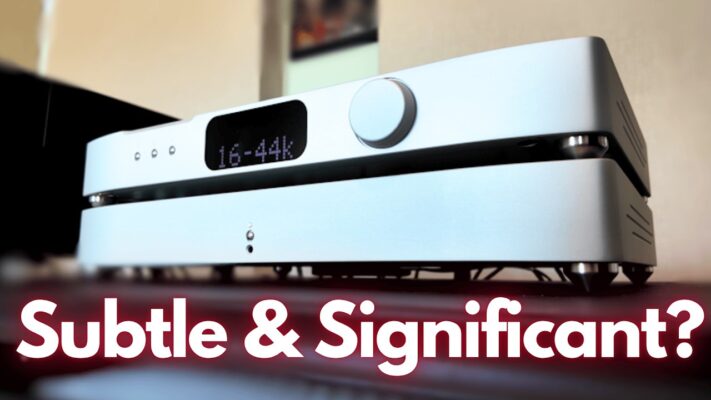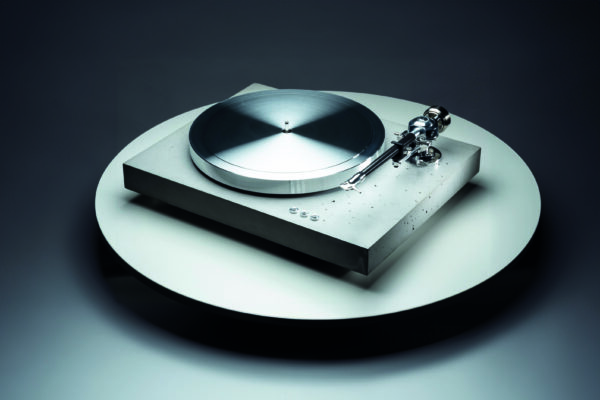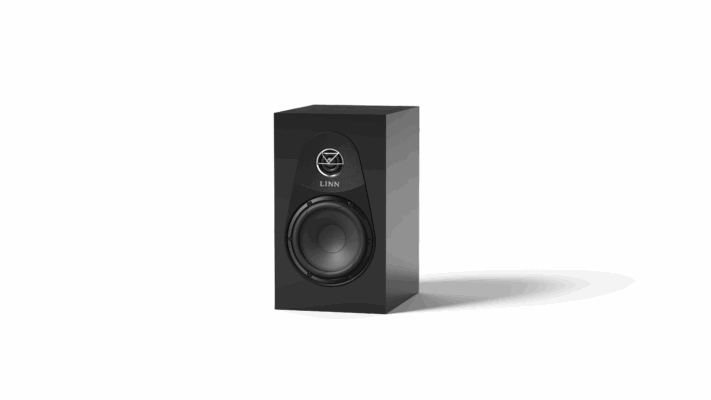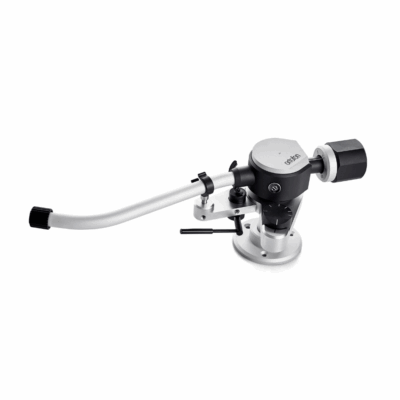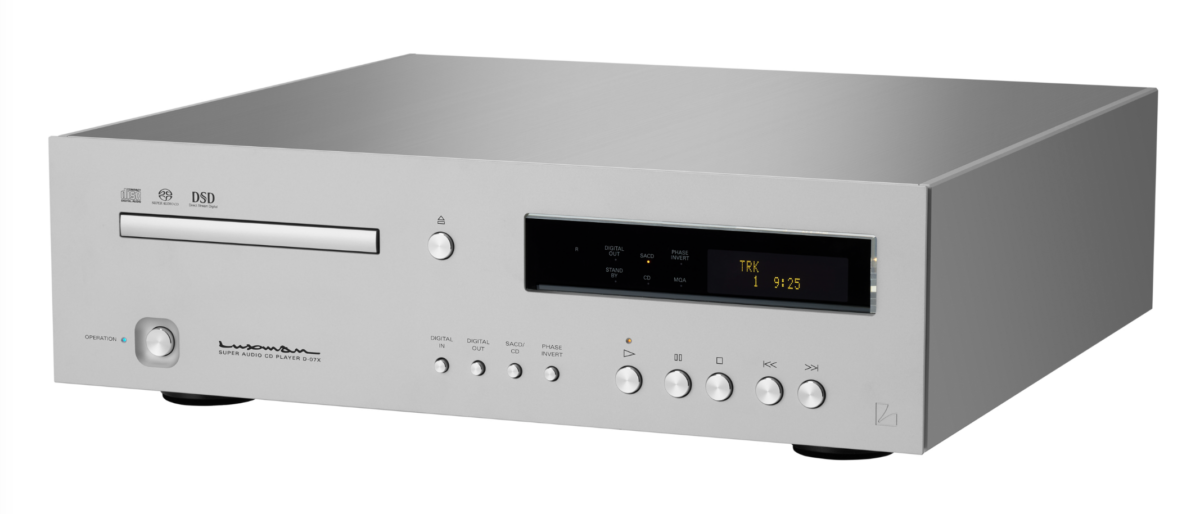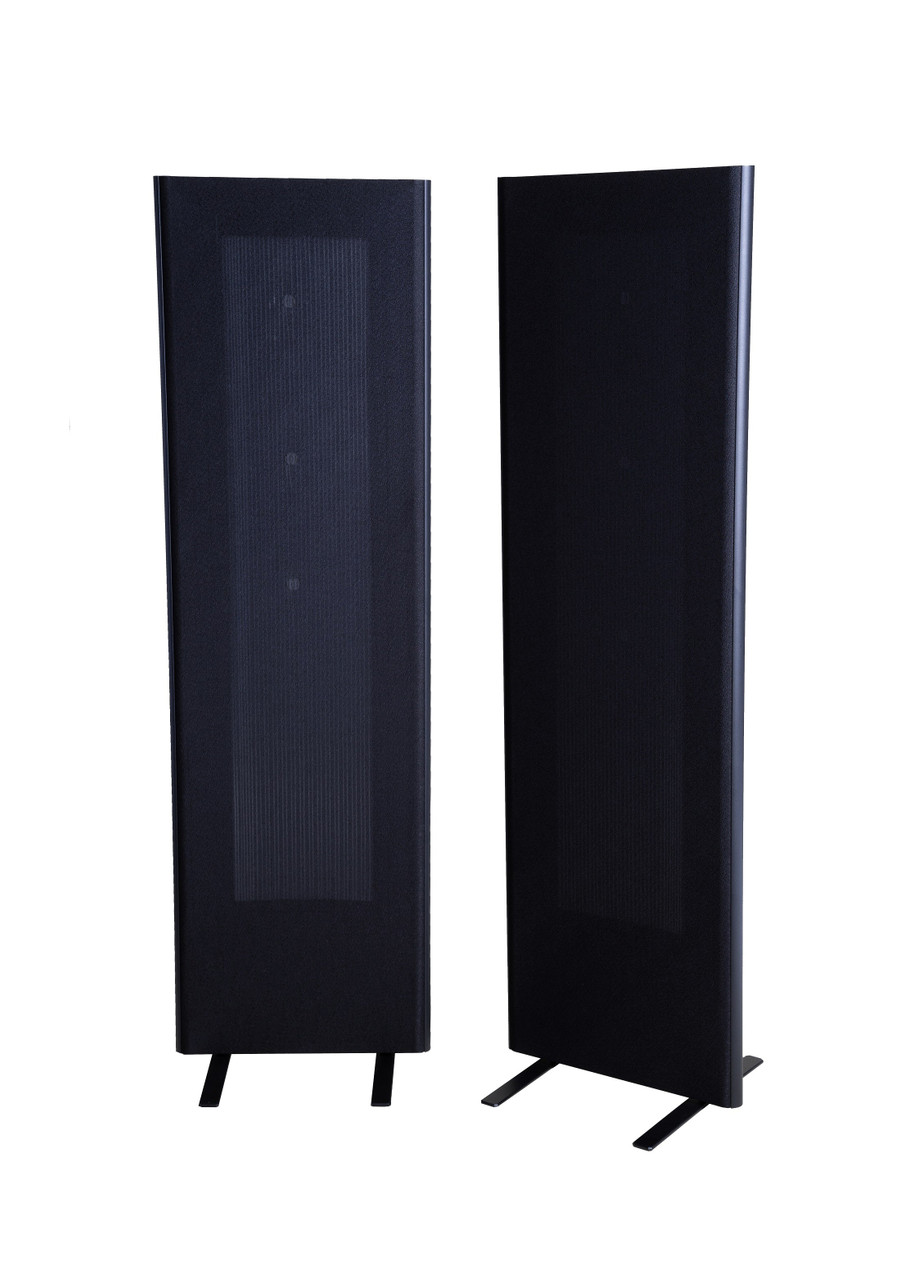
First impressions are powerful things. A wee squirt perched on the floor next to his screaming sister, watching The Beatles take America by storm on The Ed Sullivan Show over our parents’ crummy black and white TV. Age 12, the first stereo system (big-ass homemade horns, Sansui receiver, Garrard turntable) and the record (the Stones’ Get Yer Ya-Yas Out!), that triggered my lifelong love of music and this hobby. My first opera at age 19 (Das Rheingold, San Francisco); the foreign, sometimes confusing thrill of my first trip to Europe that same year, and my subsequent first taste of a truly great wine (1964 Cheval Blanc).
Around the same time, I also experienced my first Magnepans, slack-jawed as Cat Stevens’ “Morning Has Broken” played over a pair of three-paneled Magneplanar Tympani 1s. I swear I can still hear the gentle but crystalline vibration of the acoustic guitar strings, the percussive ring of the piano, and the reverberant “thereness” of Stevens’ sweet, warm tenor. Sure, those early Maggies had their flaws, especially at the frequency extremes, but man, oh, man, was I hooked on that crazy realistic-sounding midrange, the box-free presentation, and a soundstage so much more life-sized than anything else I’d heard.
I couldn’t afford and didn’t have the space for those roughly six-foot tall by three-foot wide folding screens, but shortly thereafter I did purchase my first set of Magnepans, MGIIs, and would go on to sell countess pairs of Maggies during my time as an audio retailer.
Granted, Maggies aren’t for everyone. My colleague Paul Seydor has told me he hears a somewhat “glassy” overlay to the sound. I know what he means, but for me it’s a non-issue, especially given the myriad strengths of founder Jim Winey’s marvelous invention.
And I appreciate that some are drawn to more traditional enclosed designs from the British camp—where midrange naturalness is likely highly prized—or to the enveloping warmth of Italian marques like Sonus faber, or to today’s pedal-to-the-metal efforts from the likes of Magico or Wilson, with their unfettered dynamic and low-frequency advantages.
And in the realm of non- or semi-enclosed loudspeakers there have always been challengers, from QUAD, KLH, and MartinLogan electrostats, to the Infinity hybrid models and Apogee Ribbons of yesteryear, or to unique designs like MBL’s omnidirectional Radialstrahlers, and even more recently the AlysVox full-range ribbons Robert Harley enthused about in Issue 350.
And this list merely scratches the surface. There are many great and wildly different approaches to making loudspeakers in this world.
But despite the imperfections they may have (as do all audio components in one way or another, given that none can equal the sound of a live musical experience), there remains something about what Magnepans do right that for me remains intensely alluring.
And what, pray tell, is that “right” thing? Simply put, the ability to “disappear” just enough, for just long enough, that I’m completely sucked into the music in a sort of trance-like way, where the sound itself isn’t the focus but, instead, a place where the world is shut out and the music takes over.
As my colleagues Robert E. Greene and Steven Stone wrote in Issue 357’s Guest Editorial, describing the premise of this magazine (and its title) by founders Harry Pearson and John Cooledge, “They believed…that reproducing the concert sound of an orchestra was the ultimate challenge. If one could do that, then one would be able to reproduce any kind of music at all.”
To my ears Magnepans achieve this. And mind you, for prices that remain staggeringly great values in today’s sky’s-the-limit high-end audio world.
Take for example the model I currently own, the 1.7i. As reviewer John Nork wrote in these pages, “The Magnepan 1.7i is an exceptional loudspeaker, especially for its modest cost. It is a true high-end product that will be especially appreciated by those who know and treasure the beauty of live music.”
I couldn’t agree more with Nork’s assessment. And let’s recall that the current price of the 1.7i is $2995 the pair, which makes them by far the least expensive major component in my system. And because they’re amazingly detailed and transparent, they also allow one to easily discern differences in the gear ahead of them, which also makes them a great reviewer’s tool.
But it also must be said that among the reasons Magnepans have always been great values is the company’s deliberate decision to compromise ultimate quality in the areas of parts and construction to meet certain price points. This was baked into the company’s philosophy by Jim Winey himself, who was guided by the notion of “hi-fi for the everyman.”
But because of this, even as wonderful as they can sound, savvy consumers with a propensity for tweaking have either long been employing their own home modifications or turning to after-market offerings to get the most from their Maggies. Some of these mods, such as more rigid stands, improved fuses, or better wiring between the tweeter jumpers make sense; others, like intensely modified frames, strike me as borderline crazy, while still others, say, bypassing the tweeter fuse, are potentially disastrous.
When I think about it, it’s kind of surprising that it took Magnepan so long to get into the game itself. But now it most certainly has—and “bigly,” as they say—with the X series.
The X Factor
As stated on the company website: “The general idea of the X series is to take the existing design of a given speaker and improve it using three primary axis of refinement: simplification, component betterment, and balancing.”
With the X models, Magnepan has simplified the circuitry to achieve shorter and purer signal paths; meaning less wiring is employed at fewer junction points while also lowering mass. Moreover, better componentry is employed throughout, and the rigidity of the frames has been increased via the use of cross-bracing.
Let’s unpack the details.
First, Magnepan has raised the quality of its capacitors. The ones used in the X models are “high-quality, copper-rich, polypropylene capacitors [banks]. Each capacitor [and bank] used is individually tested to the hundredth and sorted according to model and need.” To ensure that each matched left/right pair perform as identically as possible, the company then re-tests the finished bank of capacitors to confirm that each left/right crossover is matched to within five thousandths. In some models, fewer capacitors are employed, resulting, says Magnepan, in a “smoother overall response.”
Similar rigor is aimed at other component parts. The high-gauge, copper-wire, air-core, bobbin-wound coils (inductors) are now made in-house. “Each coil [array] used is individually tested for inductance to the thousandths, DCR to the hundredth, and along with the Q value and its termination direction sorted and paired. The coils are then tested again after being installed on the boards such that left and right crossovers’ inductances (and coil DCRs) are within five hundredths.”
In the few models that use them, crossover resistors have been improved and paired to match within five thousandths.
Except for the wiring in Magnepan’s true ribbon tweeters, all bus wires used are now 15-gauge-or-larger high-quality solid copper. Excess wiring has been removed to shorten pathways and reduce mass in the crossovers, and they too undergo numerous testing rounds to ensure the best final match.
As for the critical connecting junctions, Magnepan says that, in addition to the input plate being gold plated, “all connections within the circuit, from the solder lug attached to the terminal screw on the nameplate, to the crossover board, to the driver terminal block, and back are silver soldered connections. Besides the terminal screw, solder lug, and jam nut connection on the nameplate, and the quick connectors on true ribbon tweeter models, there are no mechanical connections used in any X series speakers.”
Magnepan firmly believes that the trio of gold, copper, and silver, “and their almost exclusive use is a significant reason why the X series speakers perform so well.”
There are currently six models in the X series, ranging from $4000 the pair for the .7x, to $5000 for the 1.7x under review here, climbing to $10,000 for the 2.7x, $13,000 for the 3.7x, $30,000 for the 20.7x, and $55k for 30.7x.
Current owners of the non-X equivalents of the above may elect to have their speakers upgraded at the factory. Magnepan’s website lays out the details, as well as the pros and cons of upgrading versus buying a fresh set of speakers. But as an example, if I were to send in my 1.7i’s for the X treatment, the base price would be $2000, or the difference in retail between the two models. Other factors, shipping costs, and potentially new fabric or other unforeseen repairs, must also be considered.
Of final interest concerning the model being reviewed here: Although the 1.7i was a semi-three-way design with a super tweeter, the 1.7x is a two-way speaker, reflecting Magnepan’s philosophy of simplifying the signal path.
Hearing is Believing
As with all audio components (but arguably even more so), Magnepans take a long time to completely break in and reach their full sonic potential. Yet from the first moment I fired them up, it was evident that the 1.7x-version was already miles above my 1.7i’s.
All I loved about them before—but now dialed up to 11—was immediately on display in terms of top-to-bottom seamlessness and coherence, inner detail, rhythmic precision, incredibly spacious soundstaging, spot-on imaging, and immediacy, but with a new-found dynamic and low-frequency authority, albeit with a smoother, more relaxed presentation.
And with live recordings of orchestral or other acoustic music they’re also marvelous at revealing the venue in which the concert took place.
Take for instance two recordings by John Adams.
The first, Must the Devil Have All the Good Tunes, a marvelous contemporary piano concerto commissioned by the Los Angeles Philharmonic, is available on a splendid-sounding DG LP recorded in the orchestra’s Walt Disney Concert Hall with Gustavo Dudamel conducting and Yuja Wang at the keyboard.
The first movement is a sort of funky, jazzy mashup, winking at Gershwin and Stravinsky—there are moments when the piano is so off-kilter it reminds me of Bella Baxter’s first scenes in the movie, Poor Things—and the recording delivers a fine sense of the Disney Hall’s acoustics: warm, intimate, up front, very dynamic. It’s a nonstop musical and sonic rush, and the 1.7x did a marvelous job of conveying the sense of the scale and shape of the soundstage. When the piece slows and mellows into dreamy contemplation, Wang’s piano playfully tiptoes between a chamber-like orchestra that’s beautifully delineated across the stage, with no sense that the sound is coming from a pair of loudspeakers. It’s simply there, convincingly filling the room. With the 1.7x, there’s a degree of precision, ease of delivery, upper-end extension with no edge or glassiness, as well as a bottom-end and dynamic authority that are significantly beyond what I’m used to with my 1.7i’s.
The second piece, Harmonium, was commissioned by the San Francisco Symphony for the inaugural season of Davies Symphony Hall, a venue I know the sound of better than any other, as I attend many concerts there each season. Davies has a very different—more spacious, lighter, brighter, less intimate and immediate—sound than L.A.’s Disney Hall. Qualities tailor-made for Harmonium’s ethereal, almost church-like blend of orchestral and choral forces, which seem to float high above and behind the orchestra, which in Davies is exactly where the chorus is situated. The ECM recording is very good, too, and a striking example of the 1.7x’s chameleon-like ability to morph with the sound of each recording.
As you might imagine, vocal reproduction is home court to Magnepans. Staying in my “seat,” so to speak, at Davies Hall, I opened my SFO vinyl set of The Mahler Project and pulled out the “bonus” 45-rpm pressing of the piano version of Rückert-Lieder. The entire set is brilliant sounding, but this LP, with mezzo-soprano Susan Graham accompanied at the piano by Michael Tilson Thomas, is an especially realistic rendering of the hall’s ambience and uncanny when it comes to recreating the sound of an unamplified voice and piano in real space. I know this record very well and was floored by how much more lifelike it sounded over the X’s. The particular acoustic signature of Davies Hall with its notably reverberant space and air, the purity of Graham’s mezzo with MTTs piano blossoming behind and around her, the bloom and decay of both her voice and the piano were truly a revelation, with a sound at once more revealing as well as smoother, less strained, and even more coherent than I hear with the i version of the speaker, which leads me to conclude that, in addition to the other upgrades, Magnepan’s reasons for making the 1.7x a two-way instead of keeping it a three-way were very good, indeed.
Another wonderful—if flawed—vocal recording is Stephen Stills’ Just Roll Tape, a set of studio demos with just Stills and his acoustic guitar. The thing is closely miked and there are moments when the tape is overloaded to the point of screechy breakup. That said, hearing him working out many of the tunes made famous on CSN’s first record is thrilling, and the sound is viscerally present. Again the 1.7x delivers a smoother, more composed presentation, with highs that are audibly far less edgy than the 1.7i, more transparent but again with less sense of pushing the speakers’ comfort level
To test the X’s moxie, check out The Peter Erskine Quartet’s McIntosh Sessions Volume 1, a demo-quality, all-analog, live-in-the studio recording that will challenge the mettle of any system with its upfront presentation, powerful dynamics, and room-busting drum sound. The 1.7x’s effectively placed each instrument—piano, bass, sax, drums—smack in my listening room, each occupying its own unique space, each presented with a lifelike scale and weight.
Another go-to is “Little Wing,” from the Analogue Productions 45-edition of Stevie Ray Vaughan’s The Sky is Crying. Risking redundancy, I sat there in a state of semi-disbelief listening to a record I know so well. Talk about sounding as if you are there. This trio’s gorgeous, searing, yet also rather playful take on Hendrix always leaves my guests shaking their heads at the end, marveling at the sound of Chris Layton’s drums—though both the 1.7i and X are spec’d to a 40Hz bass response, the sense of stick striking skin with, at times, the violent force and physical impact the Maggie’s deliver is something naysayers should experience—the wasp-sting of SRV’s Fender Strat and amp combo, and Tommy Shannon’s supportive bass lines.
Although Magnepan (rightfully) continues to produce its standard line alongside its new X series, I urge anyone considering a purchase to hear both if possible. As fine as the standard series is, the X versions are, well, you already catch my drift. Oh, and they even remain eXceptional values.
Coda
Just before deadline I received this email from our Editor-in-Chief Robert Harley, who gave me the nod to quote it here.
“I just returned from Dubai where I had set up systems in the new store including one with the LRS+ and one with the 1.7i. It was a thrill to watch people hear music through a Magneplanar for the first time. One customer listened in amazement to Analogue Productions’ reissue of Ella’s Let No Man Write My Epitaph and then stood up and walked around the speaker, as though he were looking for the secret to a magic trick he’d just witnessed.”
Though unsurprising to me, it’s nice to know that Magnepans continue to make such strong first impressions. Wait until this guy hears the X series.
Specs & Pricing
Type: Two-way floorstanding loudspeaker
Driver complement: Midrange/bass section, tweeter section
Frequency response: 40Hz–24kHz
Nominal impedance: 4 ohms
Sensitivity: 86dB
Recommended amplifier power: None stated, but you’ll want plenty of it!
Finishes: A wide range of wood and metal side strips as well fabrics can be seen on the company’s website
Dimensions: 19.25″ x 64.5″ x 2″
Weight: 38 lbs.
Price: $5000
Magnepan
1645 Ninth Street
White Bear Lake, MN 55110
(800) 474-1646
magnepan.com
Tags: LOUDSPEAKER FLOORSTANDING MAGNEPAN

By Wayne Garcia
Although I’ve been a wine merchant for the past decade, my career in audio was triggered at age 12 when I heard the Stones’ Get Yer Ya-Ya’s Out! blasting from my future brother-in-law’s giant home-built horn speakers. The sound certainly wasn’t sophisticated, but, man, it sure was exciting.
More articles from this editor









